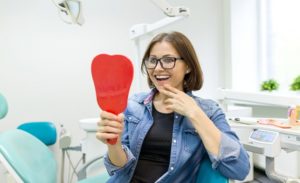
If you have read these columns in the past, you have seen me write about periodontal (gum) health and its relationship to systemic health. There is a slew of scientific evidence that poor periodontal health is not good for you systemically. It has been linked to heart disease, stroke, low birth weight babies, diabetes and more.
Gum tissue health is an easy thing for patients to be lax about, or even ignore. Why? The main reason is that gum problems do not hurt, unless they are so severe that tooth loss is inevitable. It is the chronic inflammation in the gum tissue, regardless of whether it hurts or not, that has the potential to affect… (Read More)


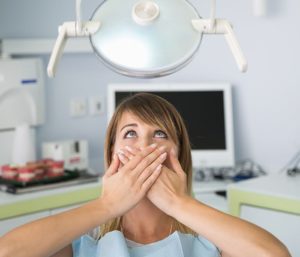

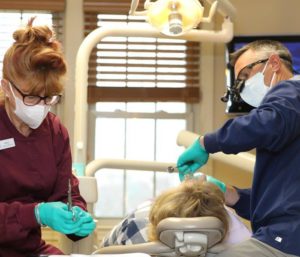
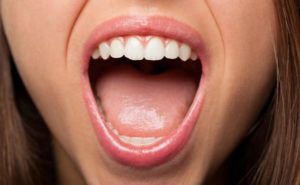

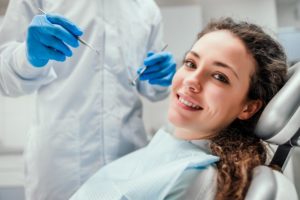 The importance of
The importance of 
